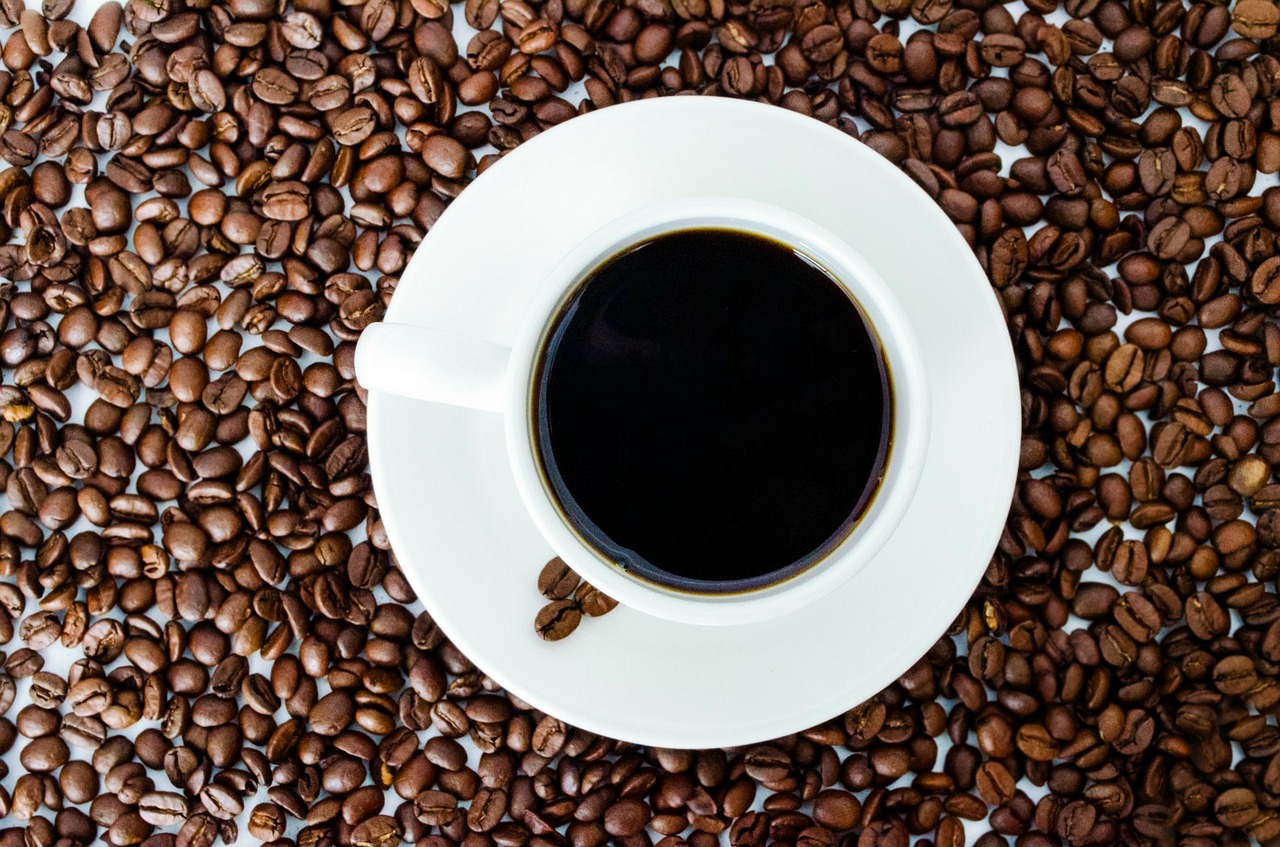Decaffeinated coffee is a strange phenomenon, because most of us drink coffee for its stimulating effect, besides its aroma. Many people do not see the point and think that it is like alcohol-free beer: the essential is missing. But decaffeinated coffee may not be pointless. Many people do not consume caffeine due to health problems, but neither want to give up the taste and the experience. This is either true for those who love coffee so much that they consume 5 cups of coffee per day. Obviously, this amount can encumber the body, so sometimes it’s better if we dispose of caffeine.
One thing is important to clarify: the decaffeinated coffee is not 100% free of caffeine. While the caffeine content of an ordinary cup of coffee may vary from 60 mg to 140 mg (depending on the used coffee grounds), 5-8 mg of caffeine may also be detected in the caffeine-free version. Of course, this is a very low rate, so the effect is not noticeable to most people. The usage of the designation “caffeine-free” is highly regulated: the caffeine content compared to the total weight can be 3% in the USA and 0,1% in the EU.
The “decaffeination” of coffee may be done in several ways, but the process always begins with the unroasted, green beans. Currently, there are three technologies: the so-called solvent process, the Swiss water method, and the carbon dioxide extraction. The latter two are quite expensive, so they are only used in the case of truly premium quality coffees, most people employ the solvent version.
At the solvent method, the green coffee is first soaked in water. This happens in huge tanks, as long as the water permeability of the beans will not be adequate. Then the water is released from the tank and the solvent of the caffeine is poured in place of it, which is usually methylene chloride or ethyl acetate. Percolating the soft beans, the solvent absorbs the caffeine, and the caffeinated compounds can be washed out relatively easily.
After washing the wet beans are dried and re-filled into bags. This may not seem to be too complicated, but only seemingly, because you need a laboratory where the entire course of the process is determined by preliminary measurements. How long should the coffee be soaked? How much solvent is required for the given variety of coffee? How much loss is expected at the end of the process? All these questions have to be answered if we want to reach the goal smoothly.
In 1980, the Swiss Coffex company developed the Swiss Water process, which does not require any solvent. The steps of the method are similar to those described above, but an important difference is that the filtration of the water saturated with caffeine takes place through activated carbon. The most modern method uses carbon dioxide for decaffeination. In a supercritical state, carbon dioxide is suitable for the selective extraction of caffeine without the affection of the other soluble components. By this time, CO2 is in a phase between gas and liquid. The phenomenon may be created under a pressure of 250 atmospheres (about 253 bars, which is 28-fold as much as the pump pressure of the coffee machine). This is the most expensive technology, which, however, ensures the best quality from a sensory point of view.


